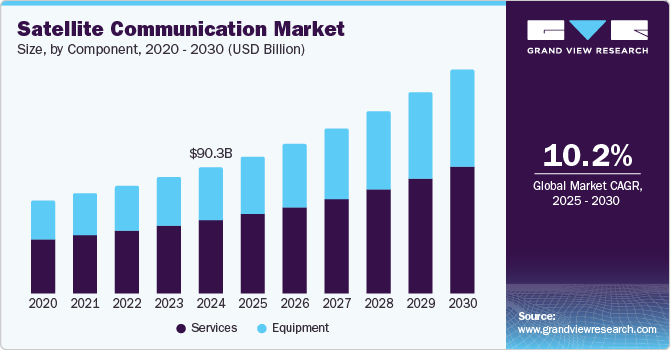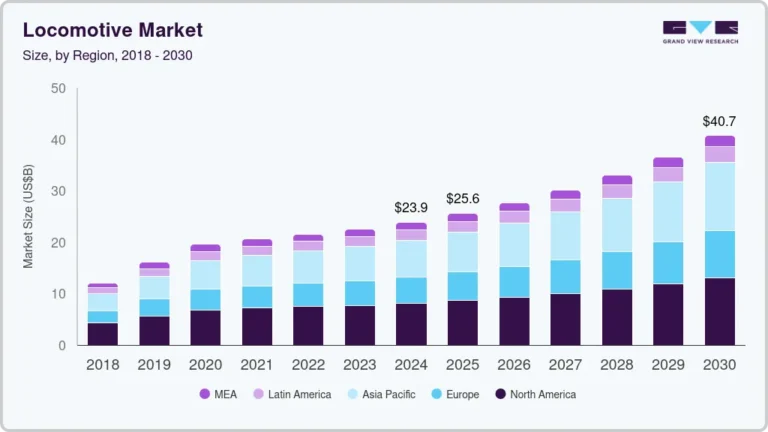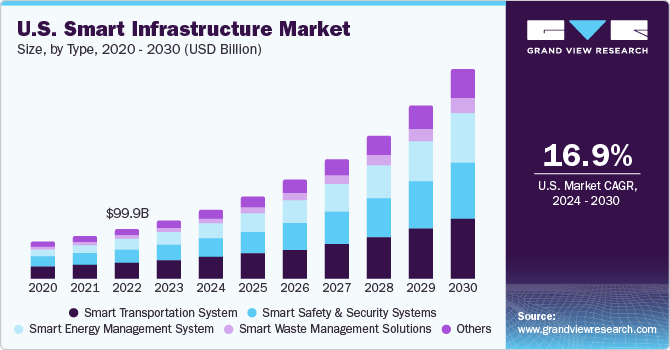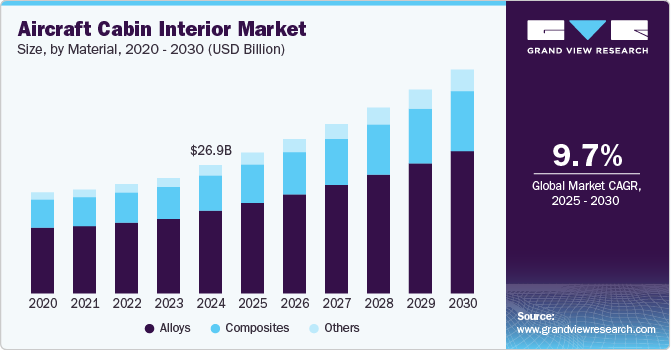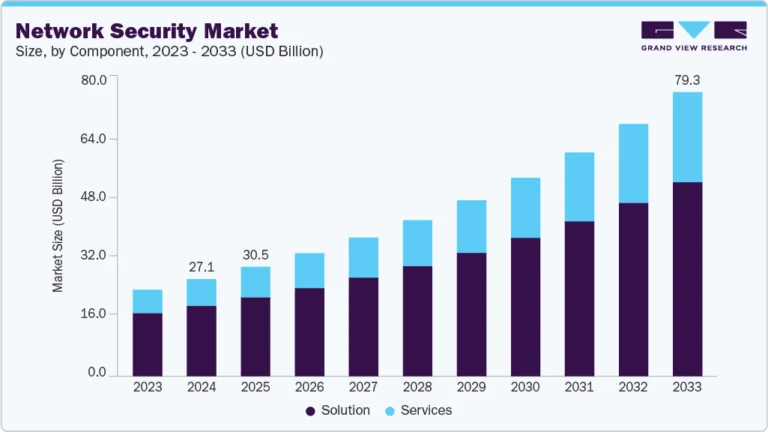Application Performance Management Software Market Size, Share & Trends Analysis growing at a CAGR of 13.4% from 2024 to 2030

The global application performance management software market size was estimated at USD 4.36 billion in 2023 and is anticipated to grow at a CAGR of 13.4% from 2024 to 2030. The growth of the application performance management (APM) software market is primarily driven by the increasing complexity of modern IT environments and the rising demand for high-performing, reliable digital applications. As organizations continue to undergo digital transformation, the need to monitor and optimize the performance of both web and mobile applications has become critical. Cloud adoption, the proliferation of microservices, and the integration of DevOps practices contribute to the expanded use of APM tools to ensure seamless application delivery and real-time monitoring.
Request a free sample copy or view report summary: https://www.grandviewresearch.com/industry-analysis/application-performance-management-software-market/request/rs1
Moreover, BFSI, healthcare, and retail sectors, which rely heavily on customer-facing applications, require robust APM solutions to enhance user experience, minimize downtime, and maintain operational efficiency. In addition, as cyber threats and compliance requirements grow more stringent, businesses increasingly turn to APM software to ensure secure, resilient applications, further fueling market expansion.
The increasing complexity of modern IT environments, characterized by the widespread adoption of cloud computing, microservices architecture, and containerization, is a key factor driving the growth of the APM software market. These dynamic and distributed systems introduce greater challenges in monitoring, managing, and optimizing application performance across diverse platforms. As businesses strive to deliver seamless digital experiences, the demand for reliable, high-performing applications has surged. End-users expect uninterrupted, fast, and responsive applications, particularly in finance, healthcare, and retail industries, where downtime or performance degradation can significantly impact customer satisfaction and operational efficiency. APM solutions provide real-time insights, predictive analytics, and diagnostics, enabling organizations to proactively address performance issues, ensure scalability, and maintain optimal application performance, thus meeting the rising expectations of both users and business stakeholders.
Cloud adoption, the proliferation of microservices, and the integration of DevOps practices have significantly contributed to the expanded use of APM tools. The shift to cloud-based infrastructure offers flexibility and scalability but also introduces greater complexity in monitoring applications that operate across distributed environments. Similarly, the rise of microservices architecture, which breaks down applications into independent, loosely coupled services, requires granular visibility to ensure each service performs optimally without disrupting the overall system.
DevOps practices, emphasizing continuous integration and continuous delivery (CI/CD), have further accelerated the need for APM tools to monitor application performance throughout the development lifecycle. By providing real-time insights and enabling collaboration between development and operations teams, APM solutions facilitate faster identification and resolution of performance bottlenecks, ensuring consistent application reliability in fast-paced, evolving IT ecosystems.
Deployment Mode Insights
The cloud segment accounted for the largest market share of over 61% in 2023 in the application performance management software market. For cloud-based APM, the primary driver is the growing preference for cloud infrastructure across industries due to its scalability, flexibility, and cost-efficiency. As businesses increasingly migrate their applications to the cloud, they require APM tools to monitor performance in dynamic, distributed environments. Cloud-based APM solutions can manage applications in real time without extensive on-site hardware, providing seamless integration with cloud-native technologies, reducing operational overhead, and enabling rapid deployment. In addition, the rise of remote work, global accessibility, and the need for faster innovation cycles have made cloud APM solutions attractive for organizations looking to enhance performance while reducing time-to-market.
The on-premises segment is anticipated to grow at a significant CAGR over the forecast period. The adoption of on-premises APM is driven by industries with strict regulatory and security requirements, such as banking, government, and healthcare, where data sovereignty and control over sensitive information are critical. On-premises APM solutions provide organizations with full control over their infrastructure, ensuring that performance monitoring is conducted within their secured networks. This deployment model particularly appeals to enterprises that manage legacy systems or critical applications where compliance and risk management are prioritized.

